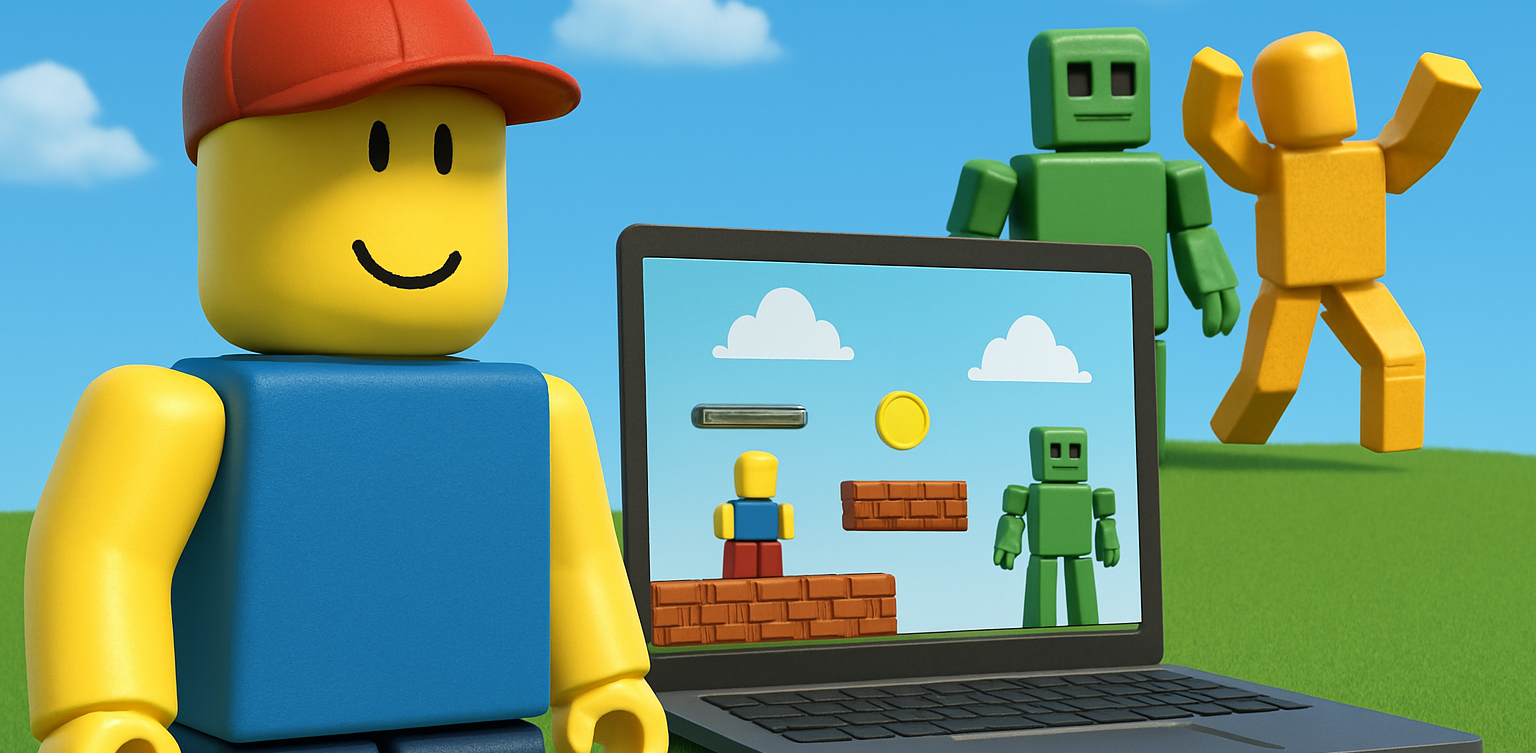Timedoor Academy Youth Coding Competition in Syria!
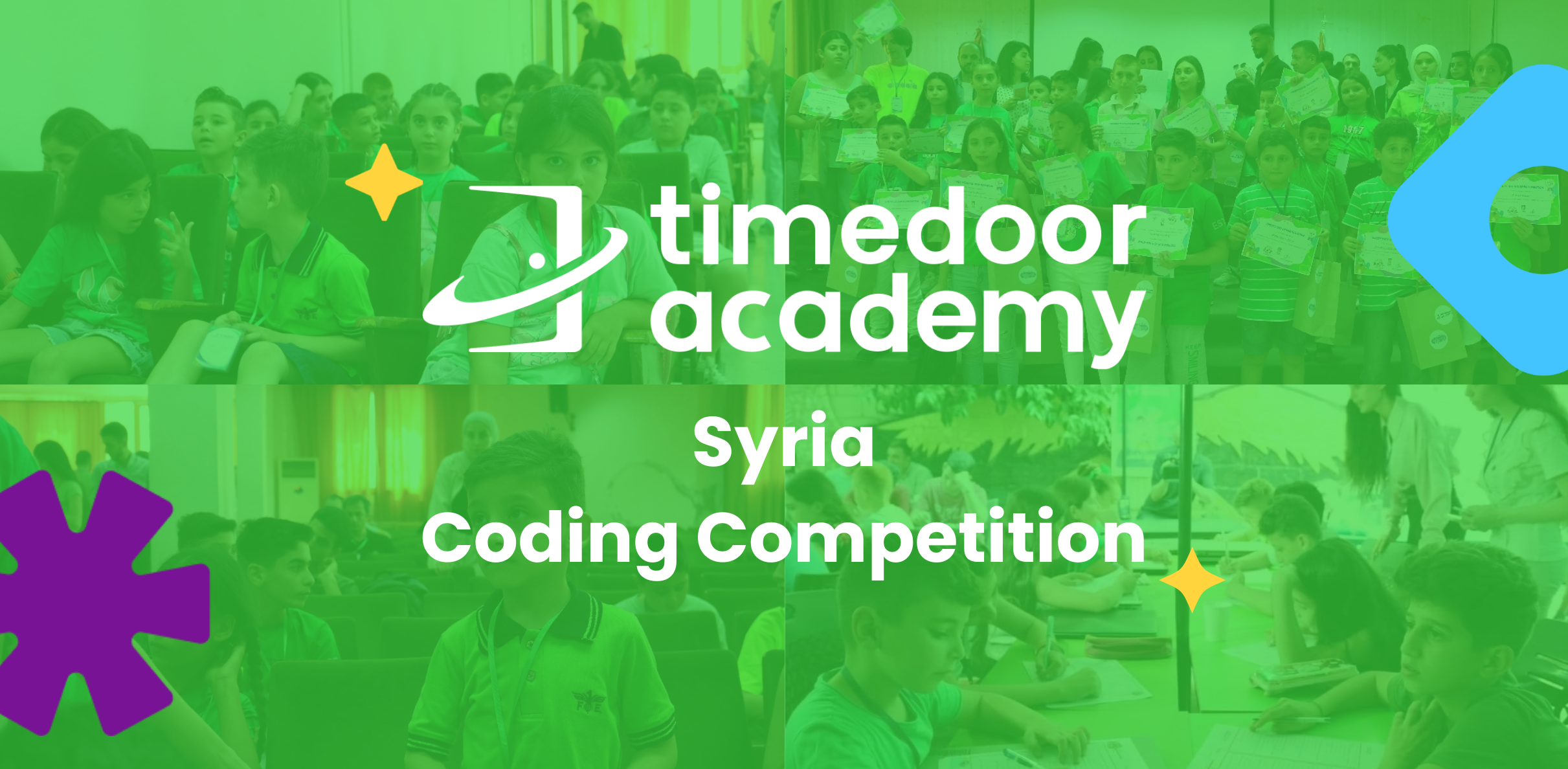
Syria’s youth coding competition is a way to showcase young tech enthusiasts’ coding abilities at the Timedoor Academy Coding Competition in Syria!
On August 3, 2024, Timedoor Academy held its big Coding Competition in Syria. Lots of young coders were looking forward to it. It was a day full of creative ideas and clever computer work. The event showed off the smart project of 150+ students who had taken face-to-face classes in Syria.
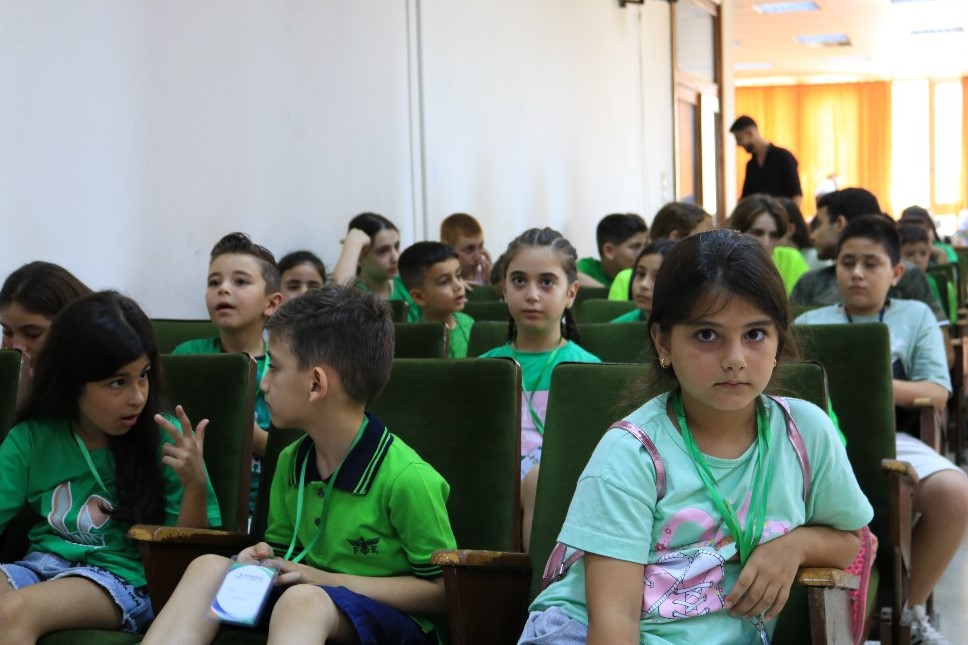
Overview of The Event
The coding competition contest had two fun parts where coders were required to make a new project, from scratch, all by themselves in each part. At first, the 150+ eager young coders did their very best in the initial round.
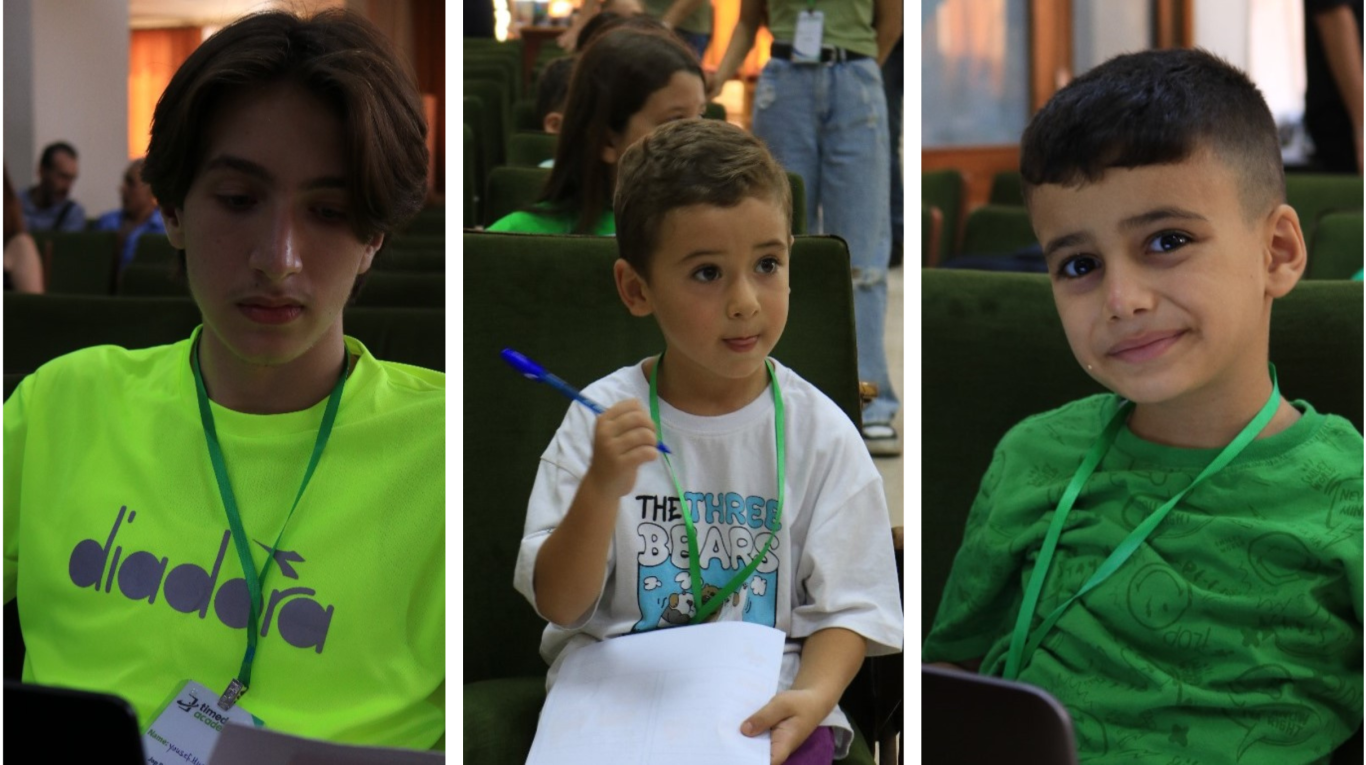
When the competition got more intense, the competition narrowed down to the best 33 in each category. These top participants won a chance to show their further skills in the final round at the Cultural Center in Latakia.
Making things even more exciting, the finals were extra special because 50+ proud parents were there to watch their kids show off their amazing coding skills in the finals. This proved that the young Syrian coders have what it takes to succeed in technology.
This remarkable display of skill and creativity from Syria’s young coders demonstrates promising talent emerging in technological aspects.
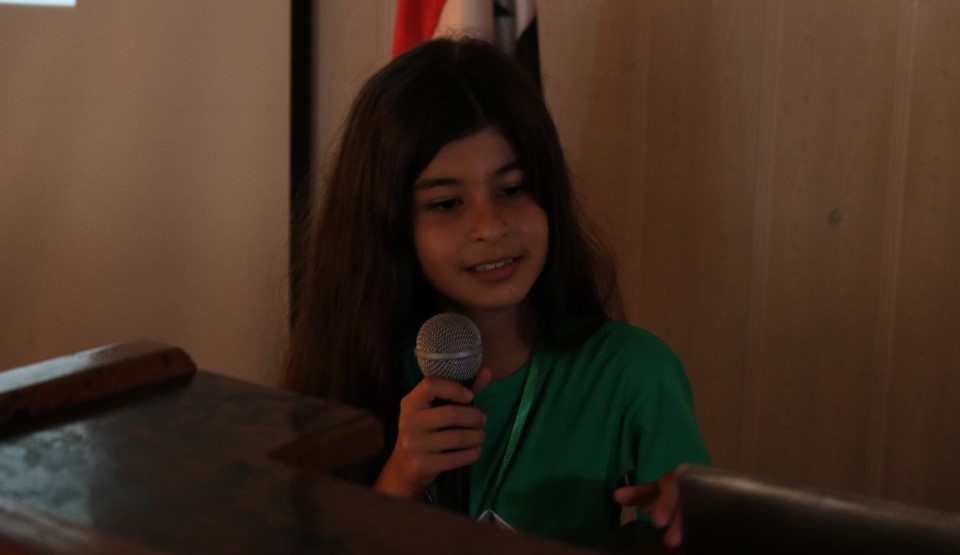
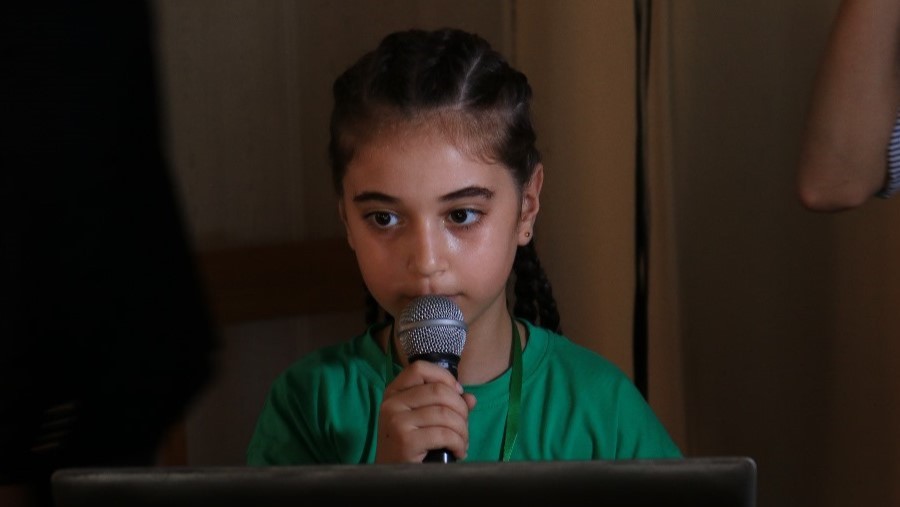
Highlights of The Coding Competition in Syria!
At Timedoor Academy, we believe in nurturing the tech leaders of tomorrow. This competition was more than just an event but it was a celebration of young talent and bright future of technology in Syria.
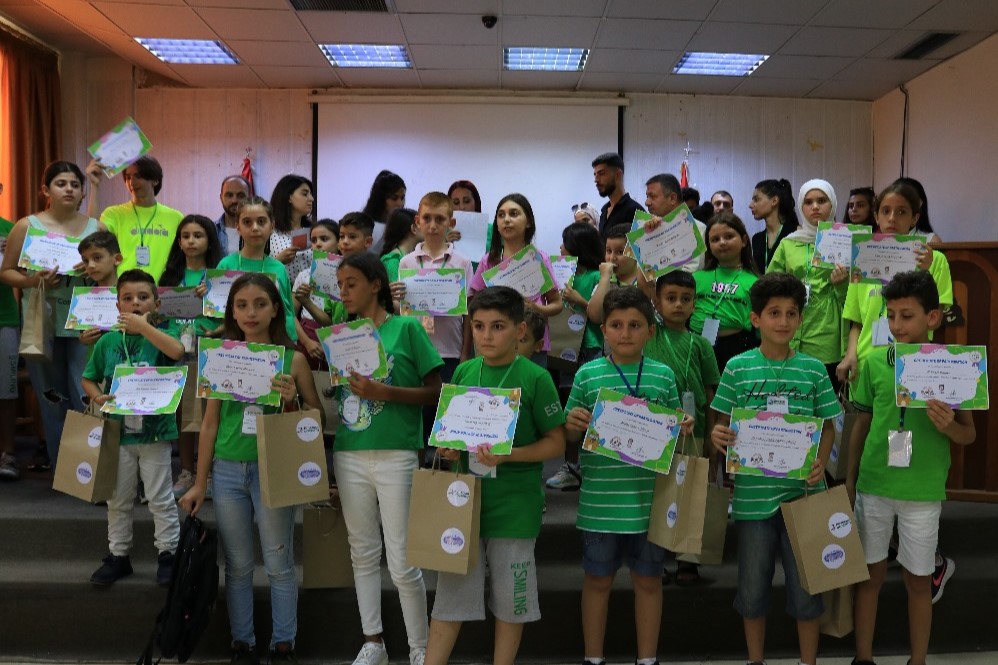
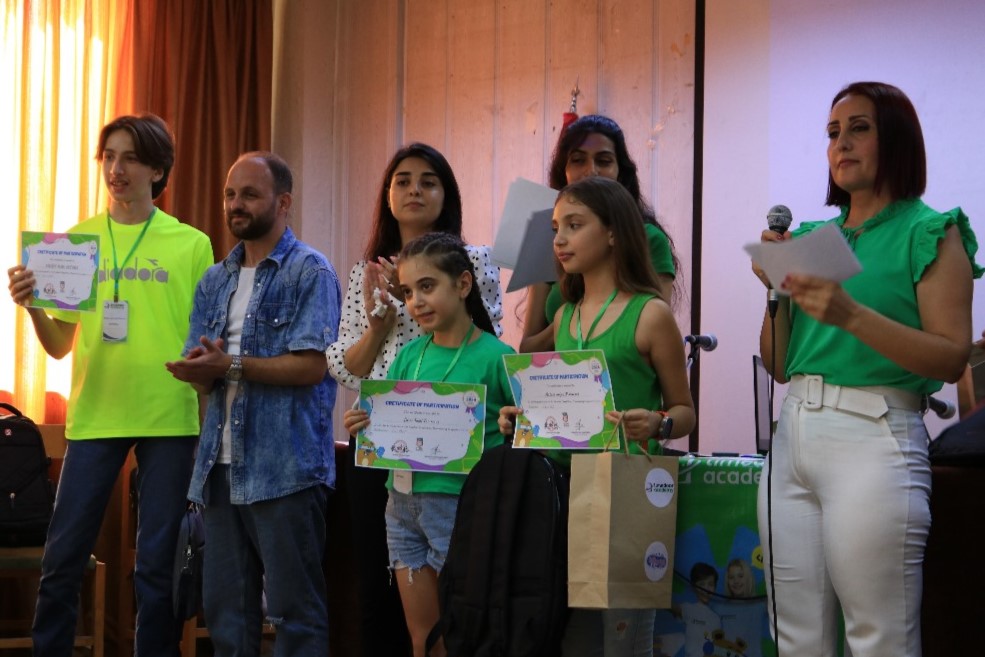
Well done, and congrats to all winners in every group! Your dedication, effort, and coding know-how have shows what’s possible.
Thank you to every participant and parents who joined us on this amazing coding competition journey your hard work and creative thinking have made this event truly special.
Stay tuned for more exciting updates and opportunities to shine at Timedoor Academy!
Explore our cutting-edge courses and upcoming tech events by visiting our website. Don’t miss out – click here and start your digital adventure today!
